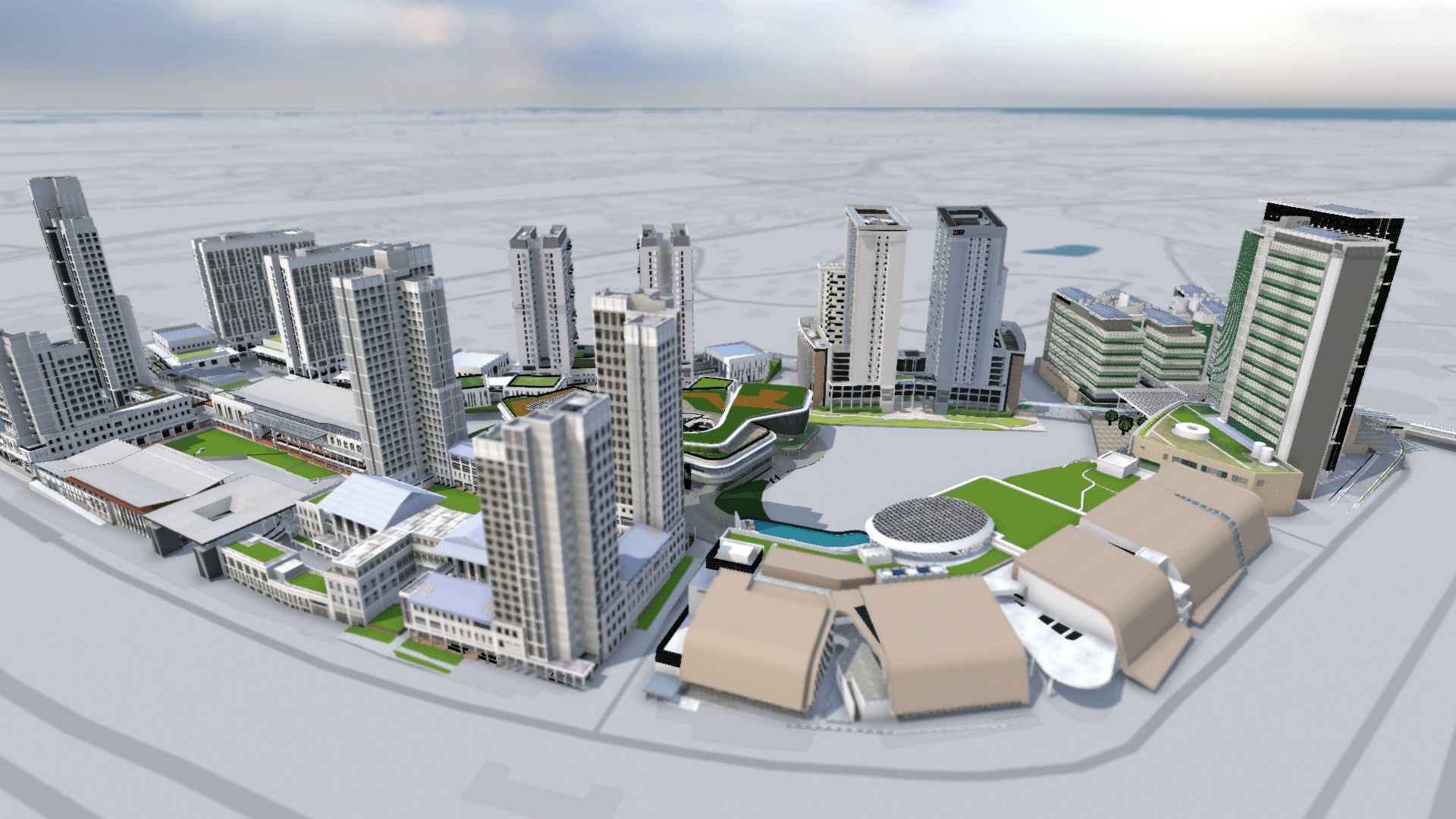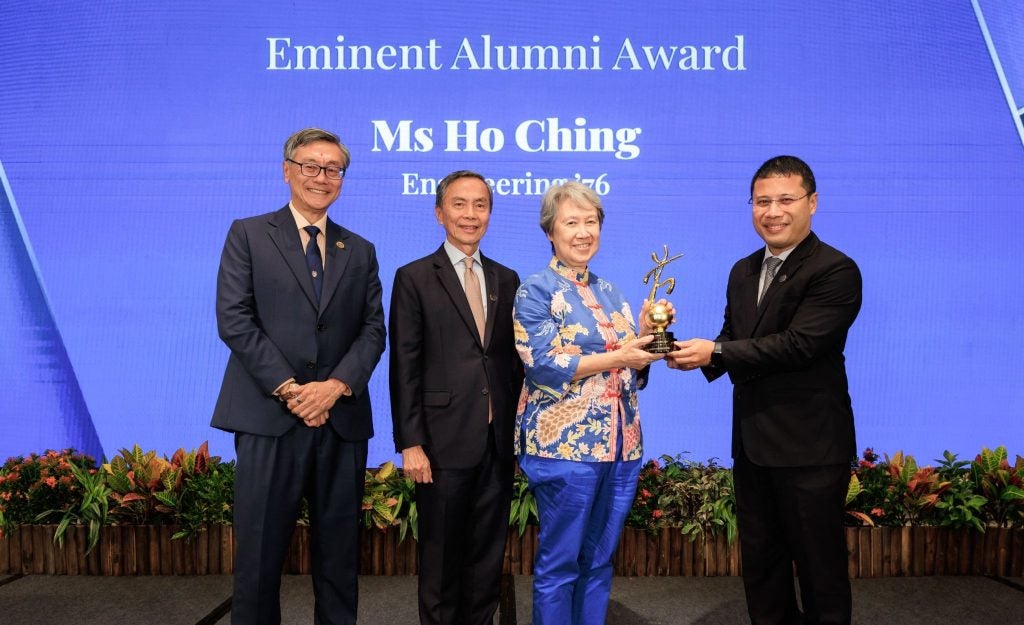
A joint initiative between Keppel Corporation and NUS, involving projects spearheaded by faculty from CDE, will make use of the NUS campus as a living laboratory to create, test and scale low-carbon technologies and sustainability-related innovation.
The multi-pronged Keppel-NUS Low Carbon Living Laboratory initiative, announced on Monday, is aimed at enhancing the adoption of commercially viable and sustainable energy technologies, as well as boosting energy efficiency.
One of the first projects under the initiative will explore the adoption of a smart hybrid microgrid on the NUS campus, integrating renewable energy, storage, and smart EV (electric vehicle) charging for a more efficient and resilient energy infrastructure.
The project is jointly led by Associate Professor Sanjib Kumar Panda and Professor Dipti Srinivasan (Electrical and Computer Engineering), working with engineers from Keppel’s infrastructure division, and is scheduled to run for three years.
The Keppel-NUS living lab initiative builds on a research collaboration agreement signed between the two parties in April 2022 and makes use of the Campus as A Living Lab at NUS (CALL@NUS) platform, under which the University offers its built environment as a hub for sustainability-related research.

Hybrid microgrid
The hybrid microgrid project led by Assoc Prof Panda and Prof Srinivasan aims to revolutionise energy management by efficiently integrating various power sources and loads.
"In a utility grid, electrical power is typically alternating current (AC), while a hybrid microgrid allows for a mix of AC and direct current (DC) architectures,” said Assoc Prof Panda.
“By matching the right power sources to the appropriate microgrid architecture, we can significantly improve energy efficiency. For example, a solar PV [photovoltaic] panel, producing DC power, can seamlessly interface with a DC-microgrid without the need for energy-wasting conversions. Likewise, devices such as laptops and mobile phones, requiring DC power, can directly connect to the DC-microgrid, avoiding unnecessary energy losses in conversion processes.”
To underpin the campus microgrid, Keppel and NUS will implement a digital twin of the NUS campus using sensing technologies and modelling, aiming to create an infrastructure network that reduces energy consumption while enhancing grid reliability and climate resilience.
"The hybrid microgrid we're developing could enhance energy efficiency by 10-15 per cent, making it a more sustainable and eco-friendly solution," Assoc Prof Panda said.
Highlighting Keppel's established presence in Singapore's energy transition sector, Assoc Prof Panda said the collaboration holds significant benefits for both research and industry, facilitating future scaling up and commercialisation of research and development efforts.
The hybrid microgrid and its associated research will also be incorporated into the curriculum of several CDE undergraduate and postgraduate courses. These include courses focused on power system management, sustainable energy technologies and renewable power generation among others.
"Our collaboration with Keppel will support and enhance these educational initiatives," Assoc Prof Panda said.
Cooling network
In another project planned under the research collaboration which is currently undergoing scoping, NUS researchers and Keppel Infrastructure engineers will focus on the implementation of an innovative district-wide cooling network at University Hall and its adjacent developments.
This project, to be led by Associate Professor Md Raisul Islam and Associate Professor Lee Poh Seng (Mechanical Engineering), will see the deployment of a proprietary material-based thermal energy storage technology jointly developed by NUS and Keppel in an earlier collaboration, techniques that use outdoor air for cooling, and real-time AI-based optimisations.
The eventual vision is that these technologies will be integrated with the AC/DC hybrid microgrid, delivering significant reductions in the carbon footprint and energy consumption for cooling at NUS.

From lab bench to real-world
The Keppel-NUS living lab initiative makes use of the CALL@NUS platform under which the University seeks to engage industry partners to translate research innovations in sustainable energy from the lab bench to real-world use.
Utilising the physical systems and infrastructure of the NUS campus, together with the innovative capabilities of the NUS Digital Twin platform, researchers and industry partners can co-create and validate impactful and scalable sustainability solutions in a living and operational environment.
By enhancing the adoption of these technologies, CALL@NUS aims to support both the NUS Campus Sustainability Roadmap 2030 and the Singapore Green Plan 2030.
NUS President Professor Tan Eng Chye said the collaborative nature of CALL@NUS “opens up a myriad of possibilities for impactful discoveries, game-changing innovations, and transformative education.”
Commenting on the Keppel-NUS Low Carbon Living Laboratory initiative, Prof Tan said: “This collaboration leverages NUS’ expertise in energy and sustainability research and Keppel’s technological capabilities to develop cutting-edge technologies for smart grid management and district cooling which, once validated, could be applied within NUS, on a national scale, and even globally.”





